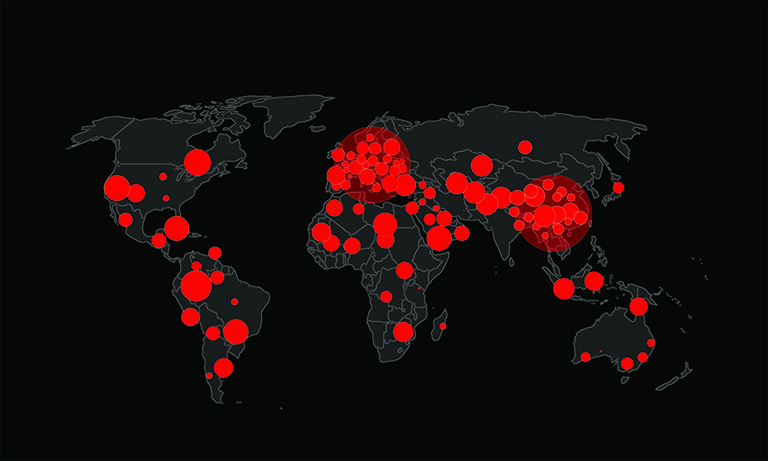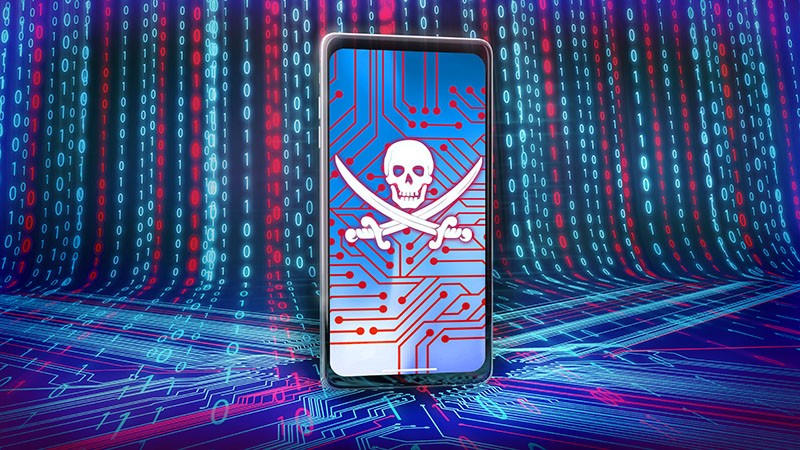Sagerunex Malware Variants: A Closer Look at the Evolving Cyber Threat

Cybersecurity researchers have uncovered new developments in the ongoing activities of the hacking group known as Lotus Panda. This threat actor, believed to have ties to China, has been actively targeting government, manufacturing, telecommunications, and media organizations across several regions, including the Philippines, Vietnam, Hong Kong, and Taiwan. At the center of their operations is an evolving malware suite known as Sagerunex, which has been used as a backdoor for cyber espionage since at least 2016.
Table of Contents
What Is Sagerunex?
Sagerunex is a sophisticated backdoor malware designed to infiltrate targeted systems, gather host information, and exfiltrate data to an external server controlled by attackers. The malware has undergone significant modifications over the years, with its latest variants displaying improved capabilities for maintaining persistence and avoiding detection. These modifications are a testament to the continuous efforts of Lotus Panda to refine its tools and enhance its cyber espionage operations.
Originally derived from an older malware called Evora, Sagerunex serves as an entry point into compromised networks. Once inside, it establishes a covert communication channel that allows the attackers to issue commands remotely. The latest versions of the malware take advantage of widely used online services like Dropbox, X (formerly Twitter), and Zimbra, using them as command-and-control (C2) tunnels. By leveraging these legitimate platforms, the attackers can bypass conventional security measures and maintain long-term access to compromised systems.
What Are the Attackers After?
The primary objective of Lotus Panda’s campaigns is to conduct cyber espionage by gathering sensitive information from targeted entities. The malware enables attackers to:
- Harvest System Information: Sagerunex collects details about the host machine, including user credentials, running processes, and network configurations.
- Execute Remote Commands: The backdoor allows threat actors to run commands on compromised devices, providing them with a high degree of control over infected machines.
- Steal Data: Stolen information is often compressed and encrypted before being sent to remote servers, making detection and analysis more challenging for cybersecurity teams.
- Maintain Stealth and Persistence: By embedding itself within legitimate web services, the malware ensures it can evade security tools and continue operating within compromised networks for extended periods.
One notable feature of the Zimbra webmail variant of Sagerunex is its ability to receive command instructions through email content. Attackers embed commands within Zimbra mail messages and the malware scans for legitimate instructions. If valid commands are detected, they are executed; otherwise, the message content is deleted to avoid raising suspicion. This innovative approach highlights the increasing sophistication of Lotus Panda’s cyber operations.
How Does Sagerunex Operate?
Although the exact method of initial infection remains unclear, Lotus Panda has a history of employing spear-phishing campaigns and watering hole attacks. These techniques involve:
- Spear-Phishing: Sending carefully crafted emails that trick recipients into clicking malicious links or opening infected attachments.
- Watering Hole Attacks: Compromising trusted websites that are frequently visited by the targeted organizations, allowing malware to be delivered through legitimate-looking downloads.
Once inside a system, Sagerunex proceeds with reconnaissance activities, gathering intelligence on the network environment. Commands such as net, tasklist, ipconfig, and netstat are executed to identify system architecture, running processes, and network connections. If internet access is restricted, the malware can adapt by utilizing the target’s proxy settings or deploying the Venom proxy tool to establish an external connection.
Additional tools deployed in conjunction with Sagerunex include:
- A Cookie Stealer: Extracts stored Chrome browser credentials, potentially granting access to additional accounts and services.
- Privilege Escalation Programs: Adjusts user permissions to grant higher-level access to attackers.
- Data Compression and Encryption Tools: Securely packages stolen data for exfiltration, making it harder for cybersecurity professionals to detect unauthorized transmissions.
Implications for Cybersecurity
The continuous evolution of Sagerunex poses a significant challenge for cybersecurity teams, particularly within government and critical infrastructure sectors. The use of legitimate services for communication and data exfiltration complicates detection efforts, as traditional security measures may overlook seemingly benign activities involving platforms like Dropbox and Zimbra.
Organizations must adopt a proactive approach to defending against these types of threats. Recommended strategies include:
- Strengthening Email Security: Implementing advanced email filtering and training employees to recognize spear-phishing attempts can reduce the risk of initial infection.
- Monitoring Network Traffic: Analyzing outbound communications for unusual activity can help identify hidden C2 channels.
- Enhancing Endpoint Protection: Deploying behavioral analysis tools can detect suspicious processes indicative of malware activity.
- Applying Zero Trust Principles: Restricting access based on verified identities and implementing segmentation strategies can rein an attacker’s ability to move laterally within a network.
Final Thoughts
The emergence of new Sagerunex variants underscores the adaptability and persistence of cyber threat actors like Lotus Panda. As their tactics continue to evolve, so must the defenses of targeted organizations. By understanding the capabilities and objectives of this malware, businesses, and government entities can take the necessary steps to fortify their cybersecurity posture and minimize the risks posed by these increasingly sophisticated threats.








